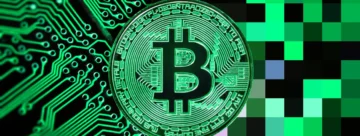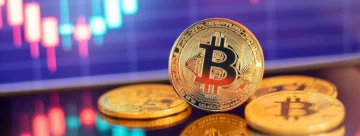NFT: Ups, Downs, and Developments in 2022
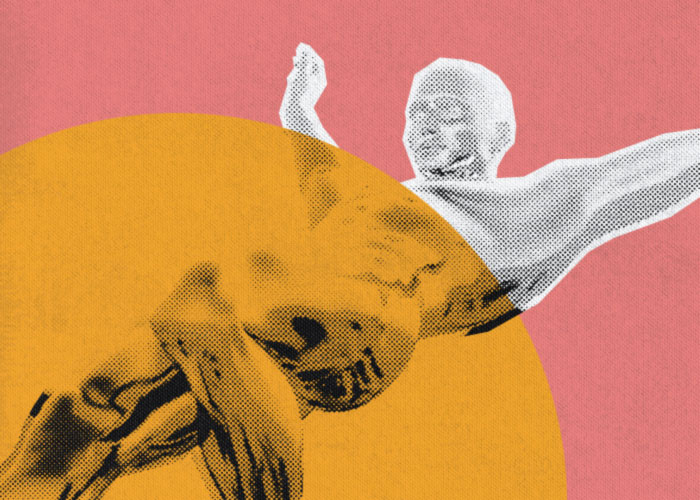
The past year saw an epic drop in the NFT market. Was it the end? Or maybe we hit rock bottom, and now is the best time to invest? Let’s skip the guesswork and peek into Schrödinger’s cat box to see if the interest in the industry is dead or if something exciting lies ahead of us.
In 2021, the NFT market received a great stir as trading volume increased from $33 million to $13 billion within a year, a 400x boost. The total volume of the NFT market on Ethereum alone was $44.2 billion at the end of the year, according to Chainalysis.
Lots of experts argued: is this just the beginning, or is the bubble about to burst? Well, March 2022 witnessed an initial market crash of over 30%. After a minor correction in May, it completely sank to the bottom, collapsing by 97%. Dune Analytics reported that trading volume fell from $17 billion to $466 million between January and September 2022.
That said, having lost momentum toward the year-end, the market was still much stronger than in early 2021 when the market cap totaled $91 million. NonFungible’s Q2 2022 report showed that trading volume peaked in May at $530 million in primary and $1.3 billion in secondary markets. Meanwhile, both categories are down 99% and 93%, respectively, to $4.3 million and $96 million. Based on NonFungible’s data, we can say that the collectibles and Metaverse segments suffered the most. However, NFT in the segments of art, gaming, and utility didn’t decline as dramatically. They were probably saved by the value they carry and the insignificant trading volume compared to collectibles, which account for 60% of the market.
Why the NFT Market Fell in 2022

There are several reasons for such a rapid decline. The global economic, political climate, the bear crypto market, and regular hacker attacks, including hacks of MoonBird, BAYC, OtherSide, OpenSea, and many other projects. Hackers stole over $100 million in NFTs during the first seven months of 2022, supplementing the picture with the collapses of major crypto projects such as Terra and FTX. This news background had an extremely negative impact on the situation.
Part of the NFT community began to hastily get rid of their collectibles, dumping them hard and causing panic. Everyone suddenly realized that the value of a product is determined by its demand and that an NFT investment portfolio assembled from questionable JPEGs is more like a suitcase without a handle.
One thinks immediately of popular YouTube blogger, Logan Paul, and the digital token he bought from the Azuki Bumblebee collection in 2021, whose price collapsed by nearly 100%, from $623,000 to $10.
Crisis Events in the NFT Market
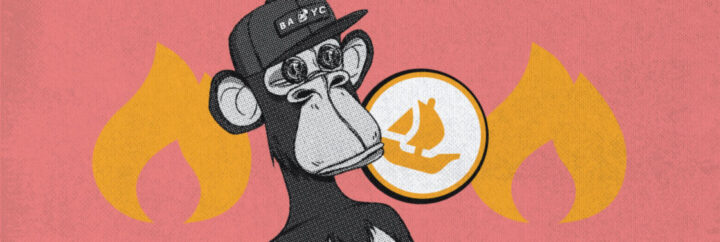
Trading volumes of the top projects (Bored Ape Yacht Club (BAYC) by Yuga Labs and CryptoPunks, which Yuga Labs purchased from Larva Labs) dropped considerably. And this is despite the fact that the very abbreviation NFT is steadily associated with them. For example, BAYC collectors include Madonna, Justin Bieber, Paris Hilton, Eminem, and many other celebs.
Yuga Labs tried to assert its leadership in the market. Throughout the year, the project team actively developed its ecosystem, expanded the community, and launched the ApeCoin (APE) token in March. However, APE fell by 80% from its ATH by the end of the year. The secondary market saw a weekly average of 25 NFT sales from the BAYC collection, compared to 110 sales late last year.
When analyzing the minimum sale price, BAYC had 53 ETH in December 2021 and 70 ETH at the end of December 2022. As for CryptoPunks, the starting price changed from 52 ETH to 62 ETH. This might be considered an increase if not for Ethereum’s price, which dropped from $4,000 to $1,300 during the year.
The crisis didn’t spare the largest marketplace, OpenSea, depriving the platform of almost 25% of the market share.
Development of the NFT Market in 2022

Is everything really that bad? If you pay attention only to numbers and raw statistics, you might miss what happened during the year. The Economist’s Q2 2022 survey found that 65% of respondents have confidence in NFTs despite the negative trends.
The crypto market is slowly becoming more civilized, and the prerequisites for leaving the gray area are being created.
Legal Status and Taxation of NFTs
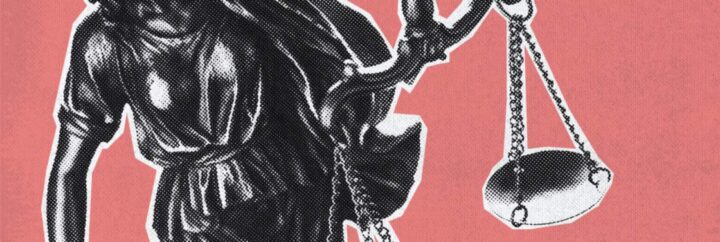
NFT taxation is one of the most critical issues for collectors and businesses. However, the difficulty is that bringing non-fungible tokens to the same denominator within the tax code is problematic. There are too many variables. Transfers are mostly anonymous, and many jurisdictions require the identity of buyers and sellers. The content of a token also takes many forms: it could be a video, a piece of physical art, a club membership, or a property right.
The first two jurisdictions willing to determine the tax treatment of NFT assets for the U.S. were Puerto Rico and the American state of Washington. Local lawmakers ruled that NFTs were cryptocurrencies, so they should be treated as “property” and taxed accordingly.
In parallel, the U.S. Securities and Exchange Commission (SEC) began examining whether non-fungible tokens and securities are consistent. If the regulator declares them identical, NFT transactions will fall under the relevant legislation.
China has already dealt with these issues. In December, the Hangzhou Internet Court decided that NFTs had the attributes of virtual property and, therefore, should be governed by the E-Commerce Law.
Copyright Protection

The NFT industry faces a pressing problem of intellectual property protection. Many collections freely use other people’s trademarks, causing reputational damage to copyright holders. There’s currently no single regulator to oversee and block misused content. This would help to educate the market and bring it out of the shadows. But for now, the industry has to make do with less and create legal precedents.
In January, French fashion house Hermès sued Mason Rothschild, the creator of the MetaBirkins project, for trademark infringement. The NFT artist designed and sold digital bags allegedly related to The Birkin brand.
Creators of NFT collections also suffer from copyright infringement. Startup Optic was launched in the first half of the year to address such issues. The service uses AI to search for and recognize NFT content and control its rights. The solution was such a hot topic that OpenSea was spotted among the first customers.
In the United States, due to the increasing number of lawsuits in the NFT project sector, a study of the impact of non-fungible tokens on intellectual property rights was announced in July.
Browser and Social Media Integration

Opera was the first crypto browser. It added an NFT gallery, a crypto wallet, a crypto exchange, and a cryptocurrency market aggregator. With the built-in browser functionality, you can now buy cryptocurrencies for fiat, make crypto transactions, and manage NFTs.
Twitter, the most popular social network among the cryptocurrency community, added an option for premium users to set NFTs as a profile picture. A click on the profile picture reveals additional information about the creator, collection, and contract address. The opportunity to link a crypto wallet to the account also appeared, and in October, an option was announced, enabling users to buy NFTs in just one click.
Twitter was followed by OnlyFans and Meta later in May. New features became available on Facebook and Instagram, allowing American users to connect their wallets and put NFTs as profile photos. In August, access to this feature was expanded to 100 countries, and in November, the ability to create and sell NFTs directly on Instagram was announced.
In July, the largest online forum Reddit introduced “collectible avatars,” enabling artists to sell crypto artwork through its store and on secondary marketplaces. Additionally, Reddit launched two of its own collections, The Senses and Foustlings, in 2022.
In December, Russian online social media VK revealed plans to launch its own NFT marketplace, “repeat the trick” used by its competitors with NFTs as profile photos, and release an NFT collection in early 2023.
Government Support
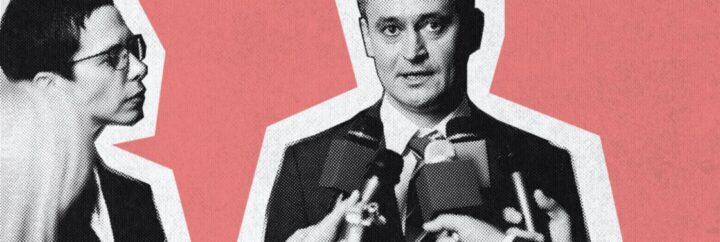
Some governments also expressed interest in the technology last year. For example, Romania plans to launch a blockchain-based state NFT platform to create and store documents. In October, the Japanese government decided to invest in the development of Metaverses and NFTs.
The Chinese authorities announced plans to create a domestic NFT market at the beginning of 2022. The infrastructure for this project was launched in January, and the state NFT platform, China Digital Asset Trading Platform, was introduced at the end of the year.
Even former U.S. President Donald Trump, who had previously criticized the crypto industry, released his own collection, which consisted of 45,000 cards at $99 each. By the way, those sold out very quickly.
Global Interest

Global brands chose to keep up with the times. Notwithstanding the downward trend, they actively adopted the technology and used non-fungible tokens as a marketing trigger.
Some of the most high-profile projects are:
- Coca-Cola, released an NFT collection following the Qatar World Cup.
- Starbucks, promoted a new loyalty program based on NFTs.
- Vertu, introduced a smartphone with a built-in crypto wallet, which can create NFTs with a single touch.
Let’s dwell more on Just Do It. Nike was fearless of the failure of the STEPN project, and in December, the company announced the release of physical smart sneakers, Cryptokicks. Thanks to an NFC chip, they’d be connected to a similar pair of NFT sneakers within the M2E project. Moreover, Nike plans to release NFTs with virtual sneakers on the .Swoosh platform in January 2023. This zeal is no surprise, as investments in collectible NFTs for Metaverses have already brought the brand approximately $200 million.
Prospects for NFTs in the Near Future

The NFT industry attracted many new users in 2021-2022 due to its easy interaction, low entry threshold, and ability to make a quick buck. This greatly increased the reach of the cryptocurrency market while introducing users to the concepts of DeFi, Web3, GameFi, DAO, and more. In fact, there was a major shift in the mass perception of the crypto industry, and the resulting quantity is bound to transform into quality.
Right now, we’re witnessing a speculative sandbox being transformed into an industry of innovative blockchain solutions. Reviewing the events of 2022, we can see that even though the volume of NFT trading fell drastically, the industry continues to evolve.
Large multinational companies, such as Warner Music Group, Coca-Cola, Nike, Starbucks, and many others, continue to develop the digital collection niche. Big businesses are investing billions of dollars into the NFT sector, seeing in it a new promising direction for brand development and global expansion of their sphere of influence. Luxury brands (Gucci, Louis Vuitton, Dolce & Gabbana), social networks (Instagram, Twitter, Reddit), the world’s top artists, opinion leaders, and even some governments understand that NFTs are the future and whoever sees this future can take a worthy place in it!
Analysts predict that the NFT market could reach $97.6 billion by 2028 and probably even more, given the growing popularity of Metaverses. NFTs await deeper integration into various fields: business, finance, education, and health. Smart contracts and blockchain guarantee property rights, so NFT technologies could completely transform the auto and real estate markets and affect the legal and notarial professions. Given the speed of AI and machine learning technology development, it’s probably time for all of us to prepare ourselves for future changes. But that’s another topic.


